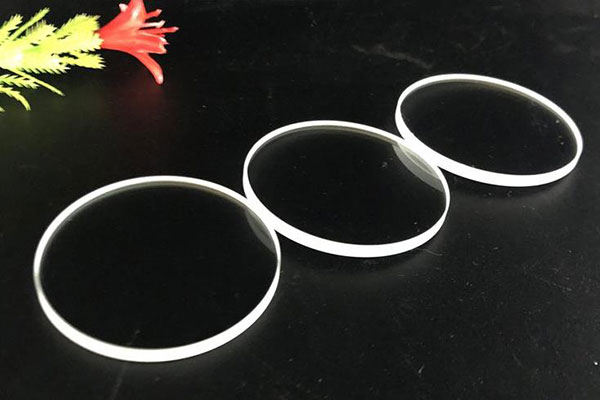In modern architectural design, the use of glass has become an important means of enhancing architectural aesthetics and achieving visual connectivity between interior and exterior. However, ordinary glass often causes glare problems due to the reflection of sunlight, affecting visual comfort. To address this issue, low-reflective glass has emerged as an ideal choice for optimizing the visual experience. In this article, we will delve into how to scientifically select the right low-reflective glass for desirable visual comfort.
I. Understanding the characteristics of low-reflection glass
Low-reflective glass, also known as Low-E glass or anti-reflective glass, reduces the reflection of light by applying a special coating to the glass surface. This type of glass effectively reduces the interference of external light on the indoor visual environment, reduces glare, and improves light transmission. It also inhibits the penetration of ultraviolet and infrared rays, which helps to protect indoor furnishings from the damaging effects of solar radiation.
II. Assessing environmental conditions and needs
Before choosing the right low-reflective glass, it is necessary to assess the environmental conditions in which the building is located, including geographic location, surroundings, sunshine, etc. In addition, it is also necessary to consider the building's design objectives and user needs, such as the pursuit of the ultimate visual effect, the need to maximize natural lighting, and whether there are special requirements for UV protection and thermal insulation.
Third, consider the parameters of low-reflection glass
Transmittance: High transmittance ensures that enough natural light enters the room and provides good visual lighting conditions.
Reflectivity: Select the appropriate reflectivity according to different usage scenarios to minimize glare and improve visual comfort.
Durability: Consider the abrasion and corrosion resistance of the glass to ensure that it maintains low reflective properties over time.
Thermal and UV insulation: Choosing low-reflective glass with good thermal and UV insulation can reduce energy consumption while protecting people and objects in the room.

Get professional advice and sample testing
Consult a professional glass manufacturer or supplier for their professional advice on low-reflective glass and request samples for on-site testing. Evaluate the performance of the samples in specific environments by actually installing the test samples to further determine the suitability of the selected material.
V. Consider installation and maintenance costs
When selecting low-reflective glass, it is important to consider not only its performance but also the cost of installation and maintenance. Selection of cost-effective products can ensure the project's economy, but also ensure that the later cleaning and maintenance work is not too cumbersome.
Sixth, case study
A large office building, for example, the building uses a special low-reflective glass curtain wall system, which ensures high light transmission while significantly reducing the reflection of external light, significantly improving the visual comfort of the office. In addition, this low-reflective glass also has a good thermal insulation effect, which helps to reduce air-conditioning energy consumption, achieving the goal of both energy saving and comfort.
In summary, choosing the right low reflective glass is a multi-faceted process that requires designers to fully understand the material properties, accurately assess the environmental needs, and take into account economic practicality. Selecting the right low-reflective glazing scientifically can greatly enhance the visual comfort and energy efficiency of a building, providing a healthier and more enjoyable living or working environment for users. With the advancement of technology and the pursuit of a high-quality living environment, the application of low-reflective glass will be more and more extensive and become an indispensable part of modern architectural design.





